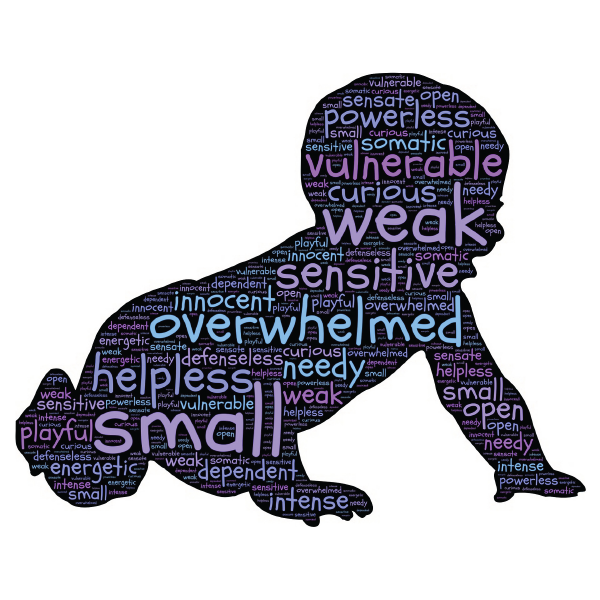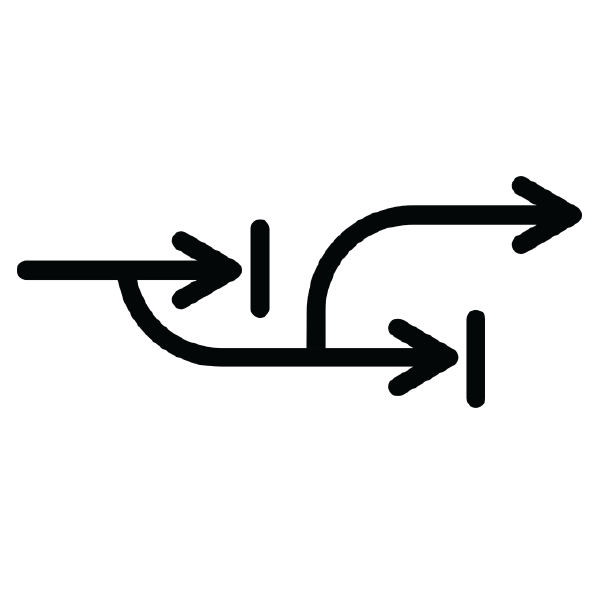E-learning theory consists of cognitive science principles that describe how electronic educational technology can be used and designed to promote effective learning. Contents Contributors History Key Concepts Resources and References Contributors Richard E. Mayer Roxana Moreno John Sweller History The researchers started from an understanding of cognitive load theory to establish the set of principles […]
Online Disinhibition Effect (Suler)
Summary: The online disinhibition effect describes the loosening of social restrictions and inhibitions that are normally present in face-to-face interactions that takes place in interactions on the Internet. Originators and Key Contributors: In 2004, John Suler, professor of psychology at Rider University, published an article titled “The Online Disinhibition Effect,” which analyzed characteristics of internet […]
Social Identity Theory (Tajfel, Turner)
Summary: Social identity theory proposes that a person’s sense of who they are depends on the groups to which they belong. Originators and Key Contributors: Social identity theory originated from British social psychologists Henri Tajfel and John Turner in 1979. Keywords: identity, ingroup, outgroup, social comparison, categorization, intergroup
Mindset Theory – Fixed vs. Growth Mindset (Dweck)
Mindset Theory Your intelligence and other characteristics – where do they come from? Can they change? People vary in the degree to which they attribute the causes of intelligence and other traits. Are they innate and fixed factors (“fixed” mindset) or are they variable factors that can be influenced through learning, effort, training, and practice (“growth” […]
Systems Thinking (Bertalanffy)
Summary: Systems thinking can be described as the ability to think about a system as a whole, rather than only thinking about its individual parts. Originator and Proponents: Ludwig von Bertalanffy, Peter Checkland, Peter Senge, Donella Meadows Keywords: systems thinking, stock and flows, interconnected relationships, interdependencies
Narcissism (Kernberg)
Kernberg describes the significance of object-relations on self-esteem regulation and pathological narcissism. Contributors Otto F. Kernberg (1928-present) Key Concepts Otto Kernberg’s theories have been instrumental in the continual development of the ‘Object-relations theory’ of psychology. This field of thought, developed by Melanie Klein in the mid 1900s, is one of the central schools of thought […]
Separation-Individuation Theory of Child Development (Mahler)
Summary: Mahler describes a series of stages occurring within the first three years of life aimed at the developmental goal of Separation and Individuation. Originator: Margaret Mahler (1897-1985), a Hungarian-born American psychiatrist Keywords: Separation-Individuation, Ego psychology, Developmental stages, Object constancy, Mother-infant interactions
Object Relations Theory (Melanie Klein)
A model of human psyche, transitioning from a paranoid-schizoid to a depressive position, while emphasizing the critical role of parental care during infancy.
Theory of Mind, Empathy, Mindblindness (Premack, Woodruff, Perner, Wimmer)
Theory of Mind, Empathy, Mindblindness Summary: Theory of mind refers to the ability to perceive the unique perspective of others and its influence on their behavior – that is, other people have unique thoughts, plans, and points of view that are different than yours. Originators and key contributors: Jean Piaget (1896- 1980), a Swiss psychologist, […]
Learner-centered design
Summary: Learner centered design focuses on creating software for heterogeneous groups of learners who need scaffolding as they learn while completing constructivist activities.
Originators and Key Contributors: Elliot Soloway, Mark Guzdian, Kenneth E. Hay
Keywords: constructivism, learner-centered design, learners, scaffolding, software
Learner-centered Design
Learner-centered design (LCD) theory emphasizes the importance of supporting the learners’ growth and motivational needs in designing software. In addition, since learners have different learning needs and learn in different ways, the software must be designed for the specific learner-audience.
The concept of scaffolds is central to learner-centered design. In order to support learners optimally, software should be designed with scaffolds that will support the learners as they need it. Examples of scaffolds in software are hints, explanation and encouragement to help learners understand a process, and questions to help learners reflect on what they are learning.
Software scaffolds that support learners best are adaptive, meaning that they change according to what the learner needs in any learning moment. When a learner needs more support, the software provides an increase in feedback to help the learner grow, stay engaged, and progress in mastering a skill. When the learner is reaching mastery, the software will provide reduced scaffolds in response to the learner’s increased skill level.
In focusing on learner-centered design, four elements must be addressed in designing the software. They are:









